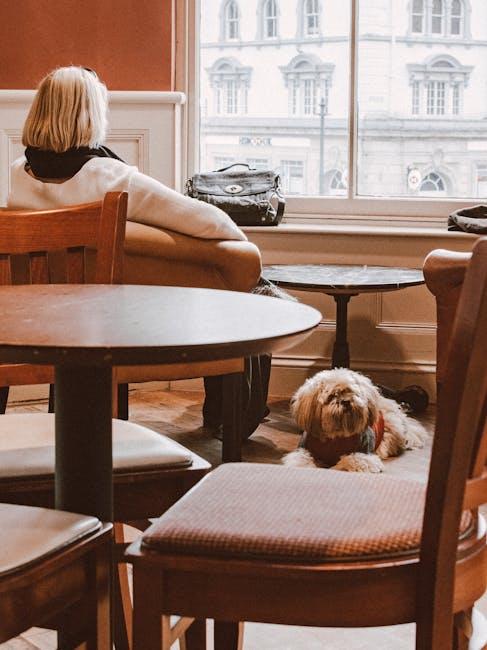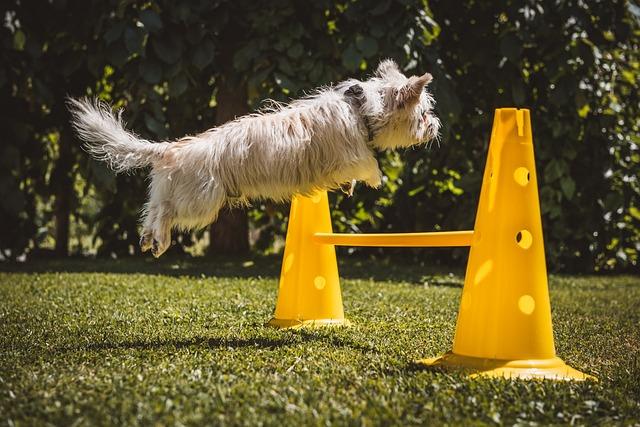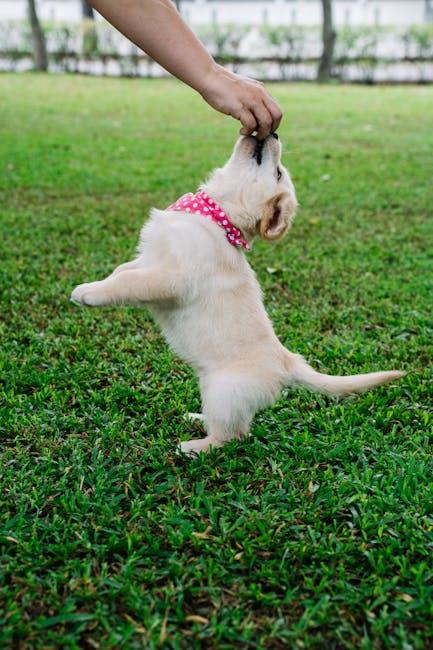Training Techniques to Stop a Dog From Jumping on Furniture

When it comes to maintaining a harmonious household, ensuring that your canine companion understands boundaries is essential. One common challenge many dog owners face is preventing their pets from jumping on furniture. While some may find it endearing at first, allowing dogs on furniture can lead to issues such as damaged upholstery, hygiene concerns, and confusion about boundaries. Fortunately, with the right training techniques, you can effectively teach your dog to respect your home’s furniture. This article explores a variety of strategies and methods to help you discourage this behavior, ensuring both a well-behaved pet and a pristine living space. Whether you are a new dog owner or looking to reinforce good habits, these practical tips will guide you in fostering a respectful and comfortable environment for everyone.
Understanding Why Dogs Jump on Furniture
When your furry friend leaps onto the couch or curls up on your favorite armchair, it might seem like a playful or innocent act. However, there are several reasons why dogs may engage in this behavior. Understanding these motivations can be the first step in addressing the issue effectively. Dogs often jump on furniture because they are seeking comfort or a better vantage point. Elevated spots provide them with a sense of security and a good view of their surroundings. This behavior is instinctual, harking back to their ancestors who would seek higher ground to watch for predators.
Another reason could be the allure of your scent. Dogs are highly social animals, and the scent of their owner on furniture can be comforting. Additionally, they may associate furniture with attention or affection, especially if in the past, sitting together on the couch meant cuddle time. Other factors that could influence this behavior include:
- Boredom or lack of exercise: Dogs may jump on furniture as a way to release pent-up energy.
- Separation anxiety: Being on furniture that smells like their owner might soothe anxious feelings.
- Inconsistency in rules: If sometimes allowed on furniture and other times not, dogs can become confused about boundaries.
Recognizing these motivations can guide you in choosing the most effective training techniques to keep your pup grounded.
Effective Positive Reinforcement Strategies
One of the most powerful methods for training your dog to stay off the furniture is through positive reinforcement. This involves rewarding your dog for good behavior, which encourages them to repeat it. Start by identifying what motivates your dog—this could be treats, toys, or affection. Whenever your dog chooses to stay on the floor or on their designated spot instead of jumping on the furniture, immediately reward them with their motivator. Consistency is key, so ensure everyone in your household is on the same page with this approach.
- Use Commands: Teach your dog a command such as “off” or “down” to use when they attempt to jump on the furniture. Reward them when they respond correctly.
- Create an Alternative Space: Provide a comfortable alternative like a dog bed nearby and encourage them to use it by placing toys or treats there.
- Ignore Unwanted Behavior: Avoid giving attention when they jump on furniture. Instead, redirect them to a positive behavior and reward them when they comply.
With time and patience, your dog will learn that staying off the furniture results in positive outcomes, reinforcing their good behavior. Remember, the goal is to make the desired behavior more appealing than the unwanted one.

Establishing Consistent Boundaries
Creating a structured environment where your furry friend knows what is expected of them can significantly aid in training them to stay off the furniture. Start by designating specific areas where your dog is allowed to relax and play. Consistency is key; ensure all family members are on the same page regarding these boundaries. Reinforce this by using simple, clear commands such as “off” or “down” whenever your dog attempts to climb onto the furniture.
- Positive Reinforcement: Reward your dog with treats or affection when they choose their designated spot over the furniture.
- Use of Barriers: Employ barriers like baby gates or pet fences to physically block access to the furniture when you’re not around.
- Establish Routine: Set a routine that includes regular play and rest times, so your dog feels secure and less likely to seek comfort on the furniture.
By consistently applying these techniques, you establish a clear understanding with your dog about where they are and aren’t allowed, leading to a more harmonious living environment.

Tools and Aids to Deter Furniture Jumping
When it comes to keeping your furry friend off the furniture, having the right tools and aids can make a world of difference. Consider investing in pet deterrent mats. These mats often emit a harmless static pulse or a sound that is unpleasant to dogs when they step on them, teaching them to associate the furniture with an uncomfortable experience. Alternatively, furniture covers with pet-repelling properties can be used to discourage your dog from jumping up. These covers are often treated with scents that are unattractive to pets but are undetectable to humans.
- Pet barriers: Install barriers around furniture to physically prevent access. These can be particularly useful for larger furniture pieces.
- Pet-friendly sprays: Use sprays with natural ingredients that deter dogs without harming them. Apply them to the areas you want to keep off-limits.
- Training aids: Use clickers or treats to reinforce positive behavior when your dog chooses not to jump on the furniture.
These tools, combined with consistent training, can effectively reduce your dog’s inclination to jump on furniture, creating a more harmonious living space for everyone involved.



